Table of Contents (click to expand)
Color is not a property of matter, it is generated by our brain.
We live in a world where everything is given but nothing is explained. However, we have continually striven to change this disposition. Through the centuries, we’ve witnessed geniuses from time to time lift the curtains and uncover an original negative, a hidden manual, a manuscript of nature’s scruples.
Surprisingly, wonder doesn’t seem to have an evolutionary purpose. It seems like something entirely of our doing. Somewhere along our ascend, we realized that food wasn’t enough. We grew a ravenous appetite for knowledge. Our curiosity led us to model the origin of the cosmos and why we might have thumbs.
However, the rigmarole hasn’t come to an end. Ironically, one of the most elusive phenomenon we’ve come across in our scientific endeavor is the apparatus of our observation itself — the brain! There’s so much about the hidden depths of this cave that we have yet to explore.
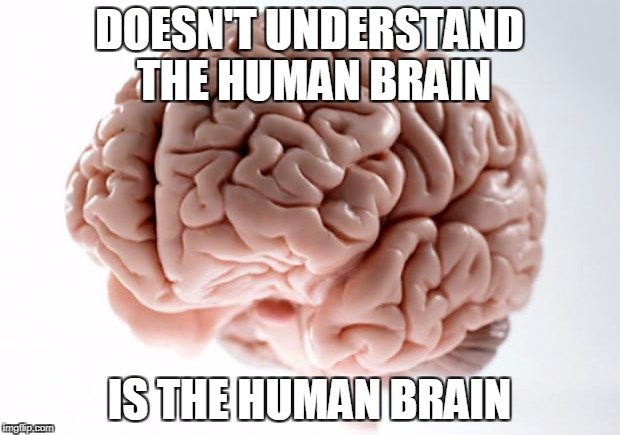
One of its most tantalizing mysteries is color.
Prolific science communicator and writer Oliver Sacks in An Anthropologist on Mars writes: “Color is not a trivial subject, but one that has compelled, for hundreds of years, a passionate curiosity in the greatest artists, philosophers, and natural scientists. The young Spinoza wrote his first treatise on the rainbow; the young Newton’s most joyous discovery was the composition of white light; Goethe’s great color work, like Newton’s, started with a prism; Schopenhauer, Young, Helmholtz, and Maxwell, in the last century, were all tantalized by the problem of color; and Wittgenstein’s last work was his Remarks on Color. And yet most of us, most of the time, overlook its great mystery.”
The essence of the argument was whether color is a property of matter, existing outside the brain, or something weaved by our neural circuitry itself?

Advancements in neurobiology showed us that our perception is a multifaceted kaleidoscope that creates color out of nothing. Color isn’t divine but fabricated.
How Do We Perceive Color?
Light is a form of electromagnetic radiation. White light or the spectrum of light visible to us is a conglomeration of many wavelengths. When light hits an object, its electrons absorb this energy and jump to a higher energy level.
However, because they covet stability, the electrons soon fall down to a lower, more stable energy level, absorbing some wavelengths and transmitting a few. It is this reflected wavelength that our eyes detect and label as color. This is how objects effuse light, they absorb some wavelengths and scatter others. A white surface reflects all the light, whereas a dark surface absorbs every bit, reflecting nothing.
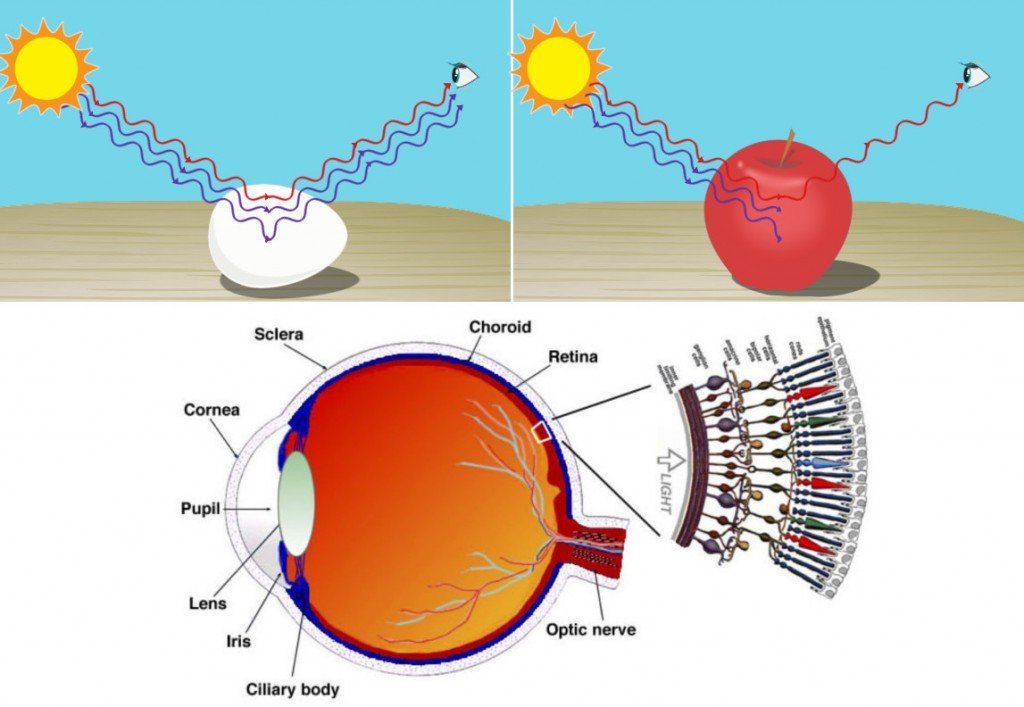
At the back of our eye on the retina is a tremendously thin sheet of cells that are sensitive to light, and are therefore called photoreceptors. The retina contains two types of receptors: rods, which detect the level of brightness or darkness, and cones, which are responsible for generating color.
There are a billion cones or so in each eye. The human eye contains three types of cones that strongly respond to three categories of wavelengths of light: S – for shorter wavelengths, between 400-550 nm, strongest at 450 nm; M – for medium wavelengths, between 400-675 nm, maximally at 535 nm; and L – for longer wavelengths, between 450-700 nm, strongest at 575 nm.
One may realize that the ranges of reception overlap, which means that a wavelength does not light up a particular cone, but actually more than one cone.
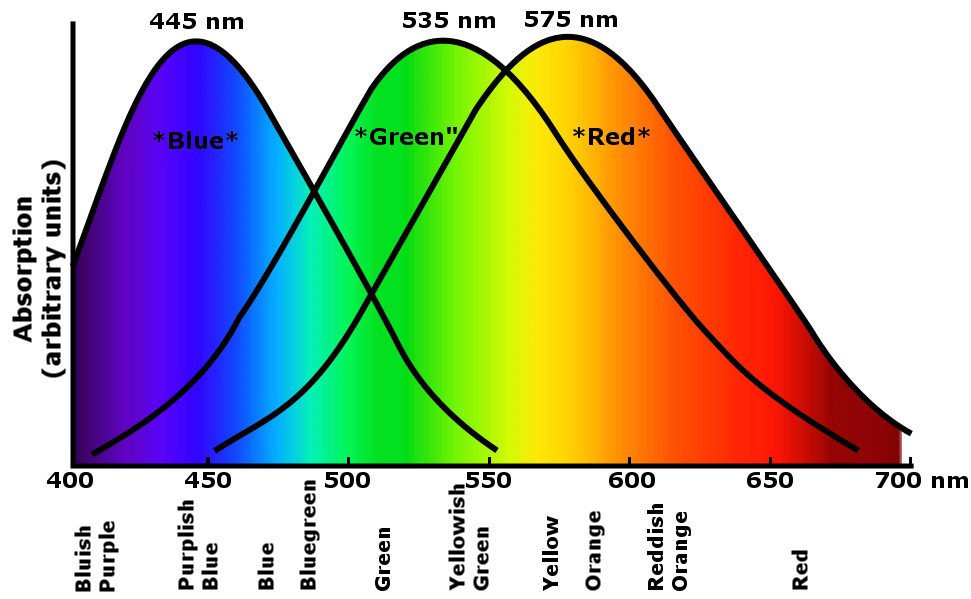
The cones record the wavelengths and send them to a region in our brain named “V1”. The region contains cells that draw a comparison between these different wavelengths and relays this information to another region in the cortex called “V4”.
The V4 is known to be responsible for higher order color mechanisms. It is on the basis of this difference in wavelengths, this contrast, that V4 spurts “colors” into our consciousness. The three processes operate in tandem to generate our perception of color.
The photoreceptors correspond to three primary colors: red, green and blue. Thus, we have 3 cones that activate for each color. It is necessary to point out that the receptors aren’t intrinsically responsive to the colors red, green and blue, but the wavelengths we see and label as red, green and blue.
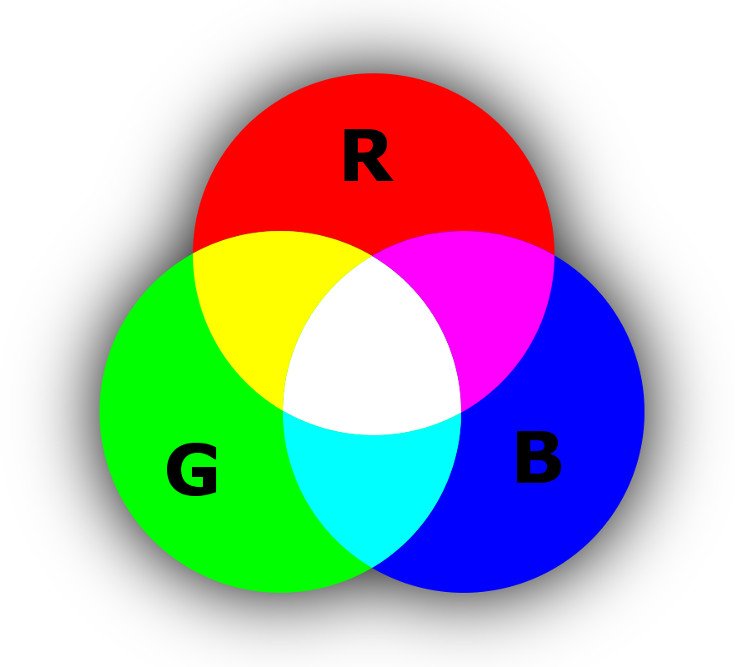
The comparative process then combines these colors to form the plethora of colors that we find in our resplendent lives. Thus, every hue in the world is some combination of red, green and blue.
The comparative process also sheds light on why color-blind people see colors differently. Again, color is not a property of the material world; it arises from the difference in wavelengths. Color-blind people lack a cone or two, but one or two cones can still produce a color based on the contrast if the V1 and V4 regions are still intact. They just perceive the wavelengths, and consequently the contrast, in a different way.
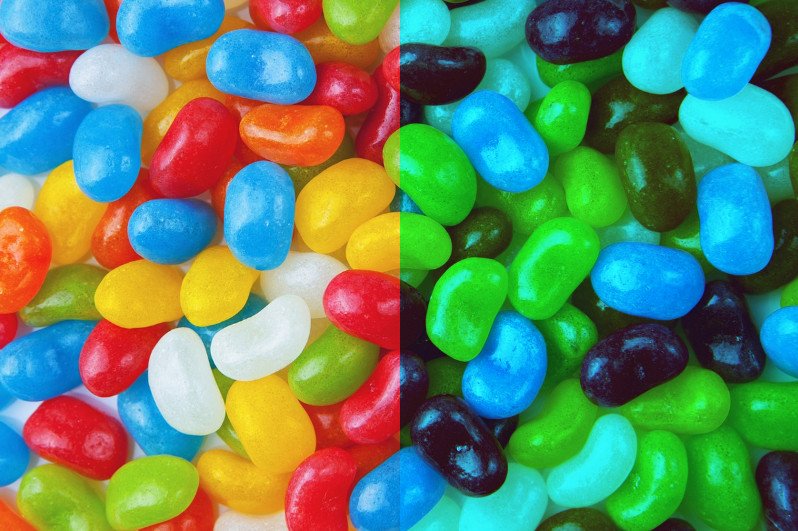
Television manufacturers exploit this mechanism to generate the colors on a television. The yellow of a lemon on a screen isn’t natural yellow, such as the yellow reflecting from a mango in your hand. Because yellow is a combination of red and green, they deceive our brain into believing the color is yellow by emanating a meticulous combination of red and green. This is how every color on a screen is generated, with precise combinations of red, green and blue.
This mechanism can also explain why objects do not seem to possess concrete colors; instead, their colors vacillate depending on the exposure of light. The lightening conditions interact with materials and can paint a different colored image in our head each time they change.
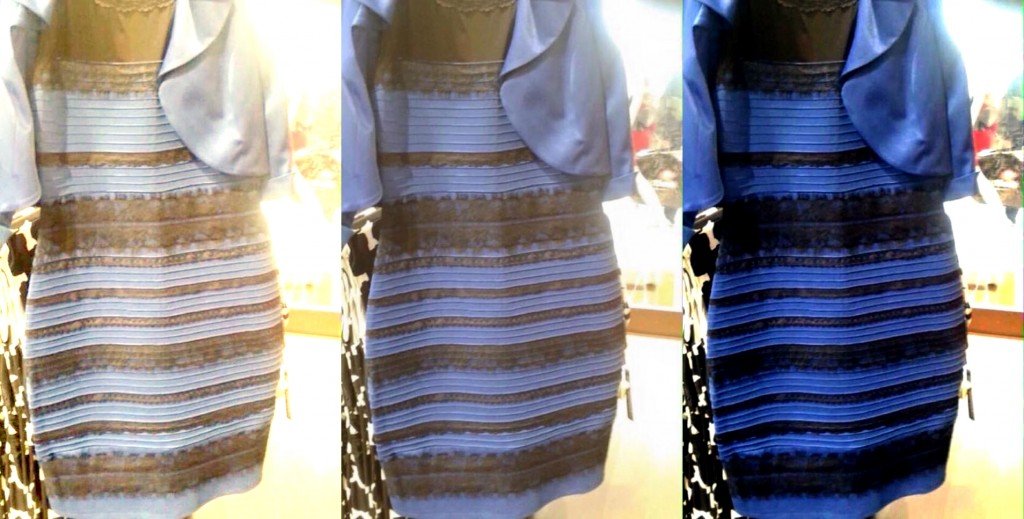
This is how optical illusions are created – by altering perception.
Also Read: What If We Could See All Wavelengths Of Light?
Why Is It So Hard To Think Of A New Color?
We can rephrase the question in this way: why would it be possible to think of a pigment that exists outside our experience, considering that the neuronal circuitry to process such a color may not even exist?
We can only process the colors we know because that is the only amount our cones allow us to see. To imagine a new hue, we would have to possess more cones. It is this constraint on our visual faculty that prevents us from imagining new colors.
Color is not like language, where we can form unlimited, unique sentences conforming to the discrete combinatorial rules of grammar. However, when it comes to colors, we don’t even know these rules or their constitution. Try explaining how red “looks” to a blind person. Philosophers call this the explanatory gap.
If we don’t even know the underlying rules or how colors “feel”, how can we build one from scratch? However unpleasant this might sound, it is true that reality is grey and colorless. We could only see more hues if we had more cones.

Consider the mantis shrimp, a ferocious hunter that has 12 cones or the bluebottle butterfly, which has 15! Does this mean they have a super high-definition vision? Well, no. They just have an exceedingly good color vision, which they use to detect prey in dense vegetation.
Some birds have taken a step forward and possess the ability to view ultraviolet radiation. After all, it’s just a matter of photoreceptors corresponding to certain wavelengths. Therefore, if an animal possesses receptors that have evolved to respond to shorter wavelengths and visible light, they’d automatically process ultraviolet as well.
This range is, of course, completely invisible to us. On the other side of the spectrum, boa constrictors and pythons are known to “see” infrared.
One mustn’t mistake the red- such as in the first-person view of the predator in the movie Predator – for infrared. The red we see on National Geography or Discovery Channel are false color images. Snakes detect a type of light that we cannot see; these edifying channels provide us with an approximation of how infrared might look. IR cameras do the same.
In fact, the pictures of galaxies, faraway planets, microorganisms and cells that you see are again, false color images. The wavelengths of photons we receive are elongated to radio waves or they are infinitesimally small, at the scale of X-rays, wavelengths we cannot detect. However, the cameras detect them and then “translate“ these wavelengths to a form we can see.

Yet, if Picasso could paint this with only three cones, do we really need any more?
Also Read: Why Is The Sky Blue?
How well do you understand the article above!

References (click to expand)
- What does reality look like? - Serendip Studio. Bryn Mawr College
- Vision is Not Black and White: The Colourless Case of Mr. I - cleanlanguage.co.uk
- Impossible color - Wikipedia. Wikipedia
- Rods & Cones. Rochester Institute of Technology
- The Rods and Cones of the Human Eye - Hyperphysics. Georgia State University
